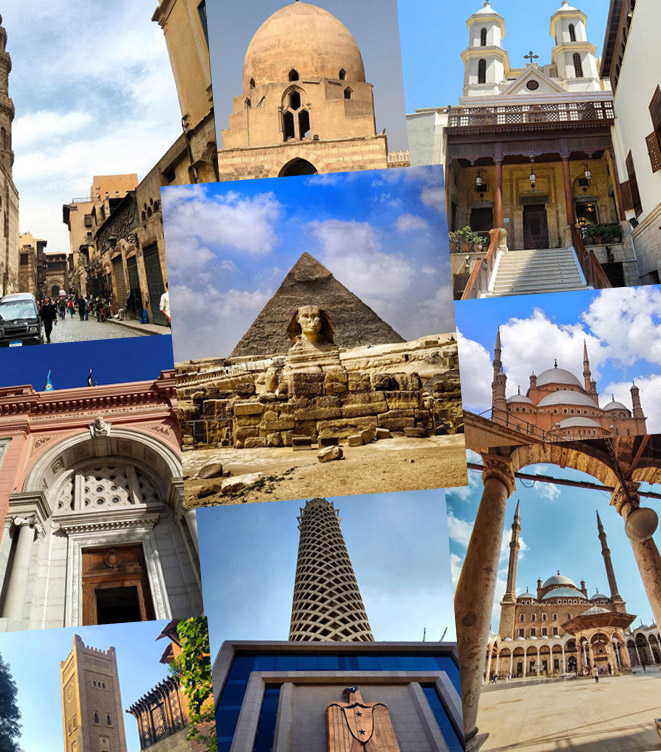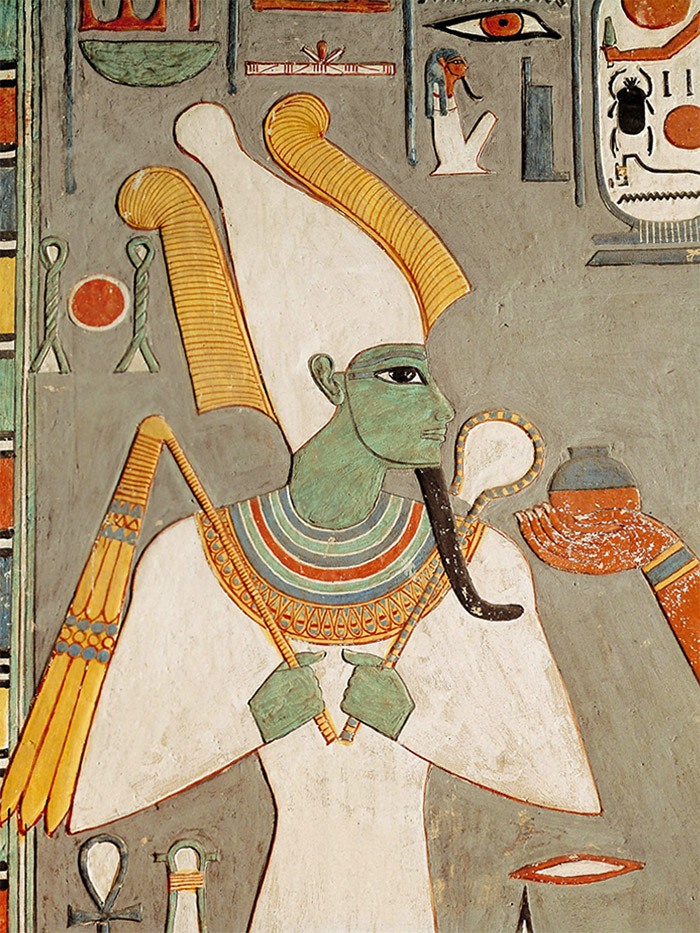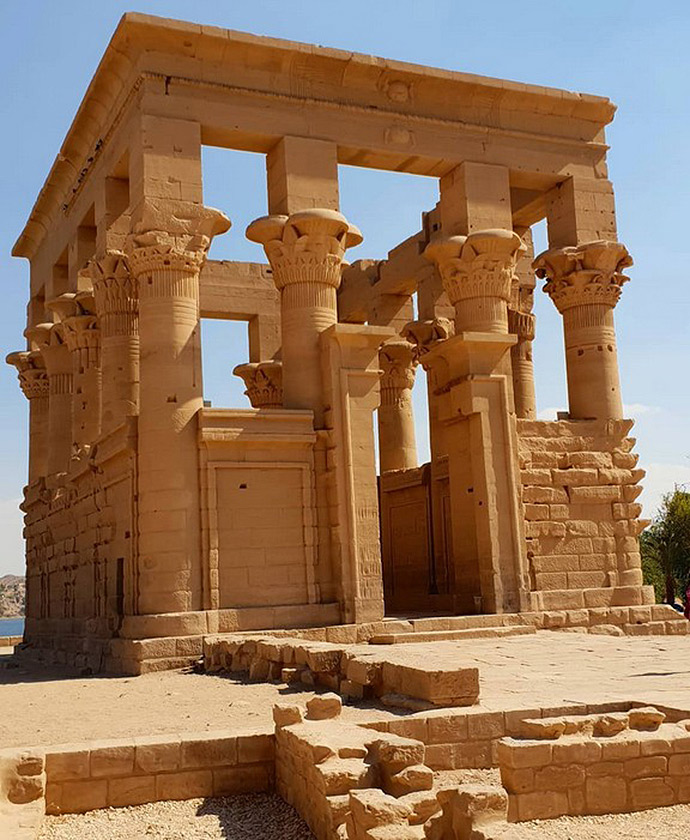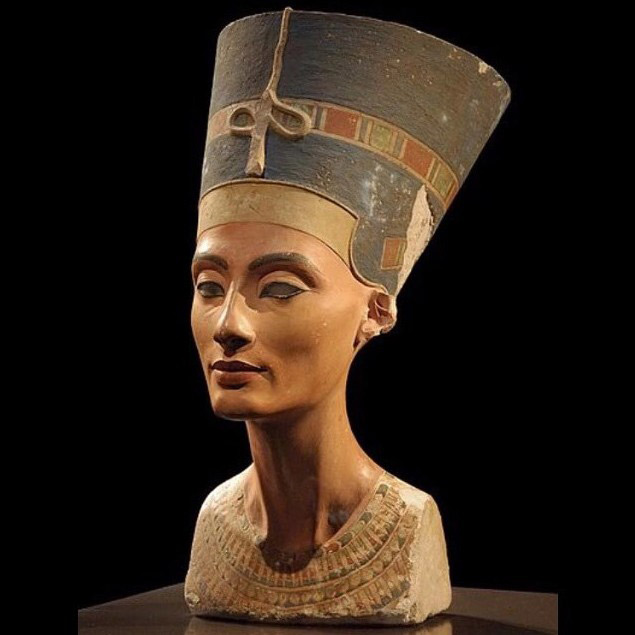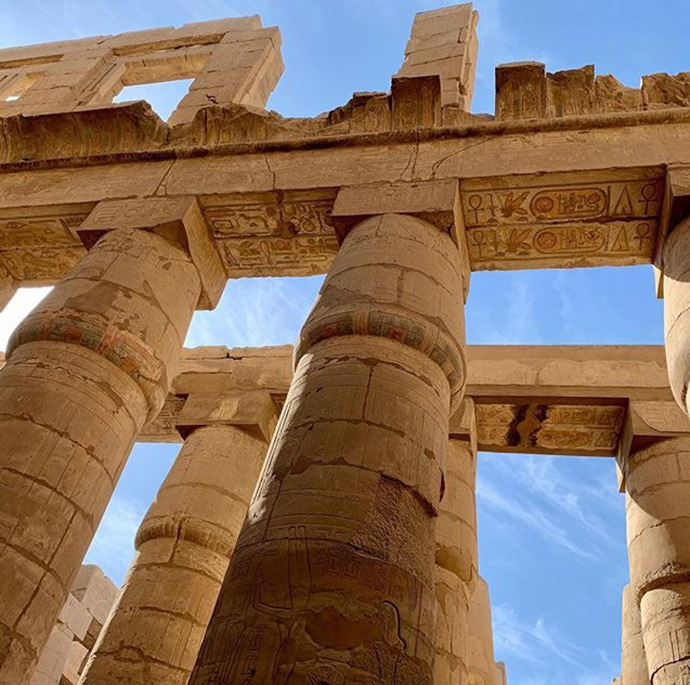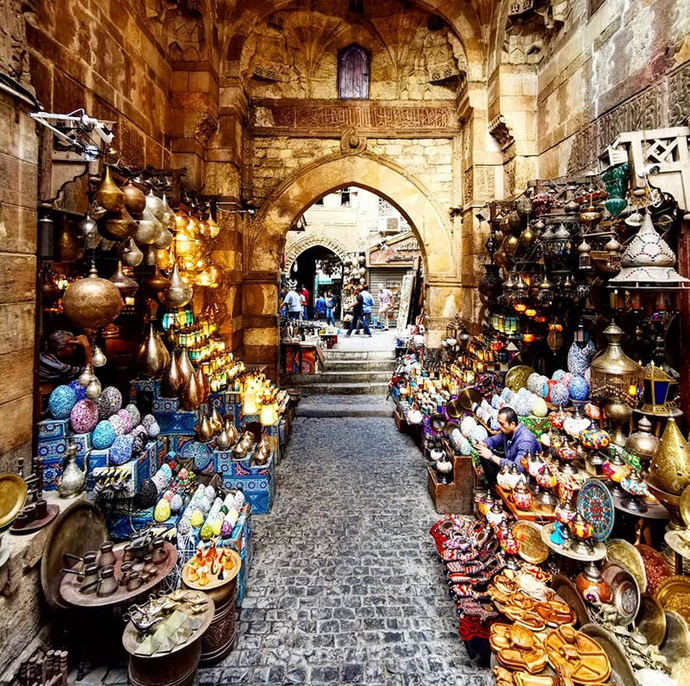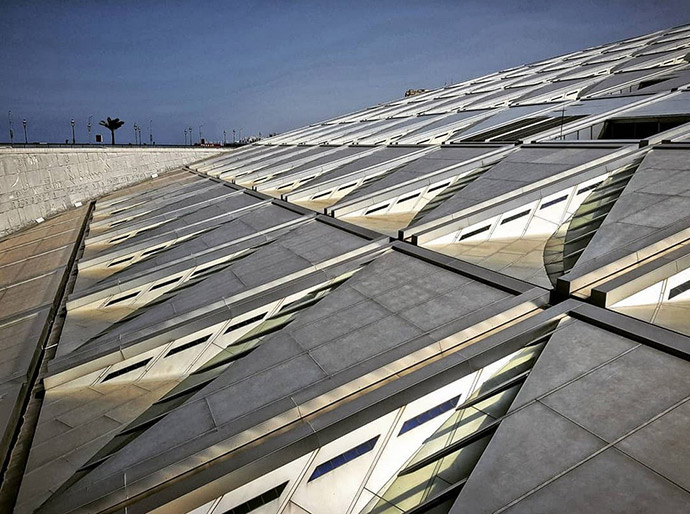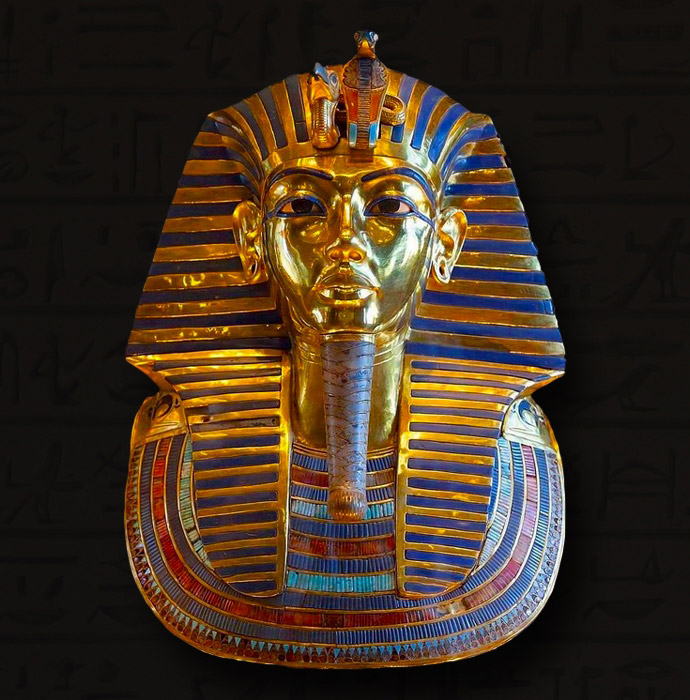 The “Tutankhamun mask” is the gold funerary mask of the young Egyptian Pharaoh Tutankhamun, who reigned from 1332–1323 BC.
The “Tutankhamun mask” is the gold funerary mask of the young Egyptian Pharaoh Tutankhamun, who reigned from 1332–1323 BC.
The mask was uncovered in 1925, three years after archaeologist and Egyptologist Howard Carter discovered Tutankhamun’s burial chamber at the Valley of the Kings. Tutankhamun’s mask is one of the best-known artefacts in the world and is now displayed at the Egyptian Museum in Cairo.
The purpose of King Tut’s funerary mask, which originally rested directly on the shoulders of the mummy inside the innermost gold coffin, is to allow the spirit of the deceased young pharaoh to recognize his body in the afterlife.
What was the Tutankhamun mask made of?
Tutankhamun’s mask is 54 centimetres (21 inches) tall, 39.3 cm (15.5 inches) wide and 49 centimetres (19 inches) deep. Constructed with two sheets of high-karat gold, each with a thickness of between 1.5 and 3 mm (0.059 and 0.118 inches), it weighs more than 10 kilograms (22 pounds).
The smooth, radiant gold face of the mask is meant to be a likeness of the boy pharaoh. Gold is associated with the sun god Ra, and ancient Egyptians believed it helps pharaohs in their journey to the afterlife.
On the mask, he is shown wearing a gold and bright blue lapis lazuli striped nemes headdress, a headcloth commonly worn by pharaohs in ancient Egypt. Above his brow are emblems of a vulture and cobra, representing the goddesses Nekhbet and Wadjet (also spelled Wadjit) respectively. Known as the “two ladies of the pharaoh”, they were meant to protect Tutankhamun and signified his rule over both Lower and Upper Egypt.
Semi-precious stones were used to enhance King Tut’s eyes. This was commonly done for Egyptian royalty. Lapis lazuli encircled his eyes, quartz was used for the eyes, and obsidian, for the pupils. Other gemstones such as carnelian, feldspar, turquoise, amazonite, and faience were embedded in the broad collar.
Tutankhamun’s mask also had a long, narrow golden beard. Blue lapis lazuli was used to give the gold beard a pleated look. The beard represented the pharaoh as a living god and divine being. When the mask was found, the beard was detached from the mask but was repaired and reattached in 1944.
The face of the mask of Tutankhamun also resembles Osiris, the Egyptian god of the afterlife, because the ancient Egyptians believed that pharaohs preserved in the likeness of Osiris would rule the Kingdom of the Dead.
The back of the mask has Egyptian hieroglyphs inscribed, representing a protective spell from the Book of the Dead, which the Egyptians used as a road map for the afterlife, and to protect Tutankhamun as he moves into the underworld.
Was the mask meant for Tutankhamun?
There is research that suggests that the mask may originally have been intended for Queen Nefetiti because her royal name, Ankhkheperure, was found in a partly erased cartouche on the inside of the mask. [A cartouche is an oval or oblong enclosing a group of Egyptian hieroglyphs, usually representing the name and title of a monarch.]
Read more interesting information in our other article about King Tut Tutankhamun.




